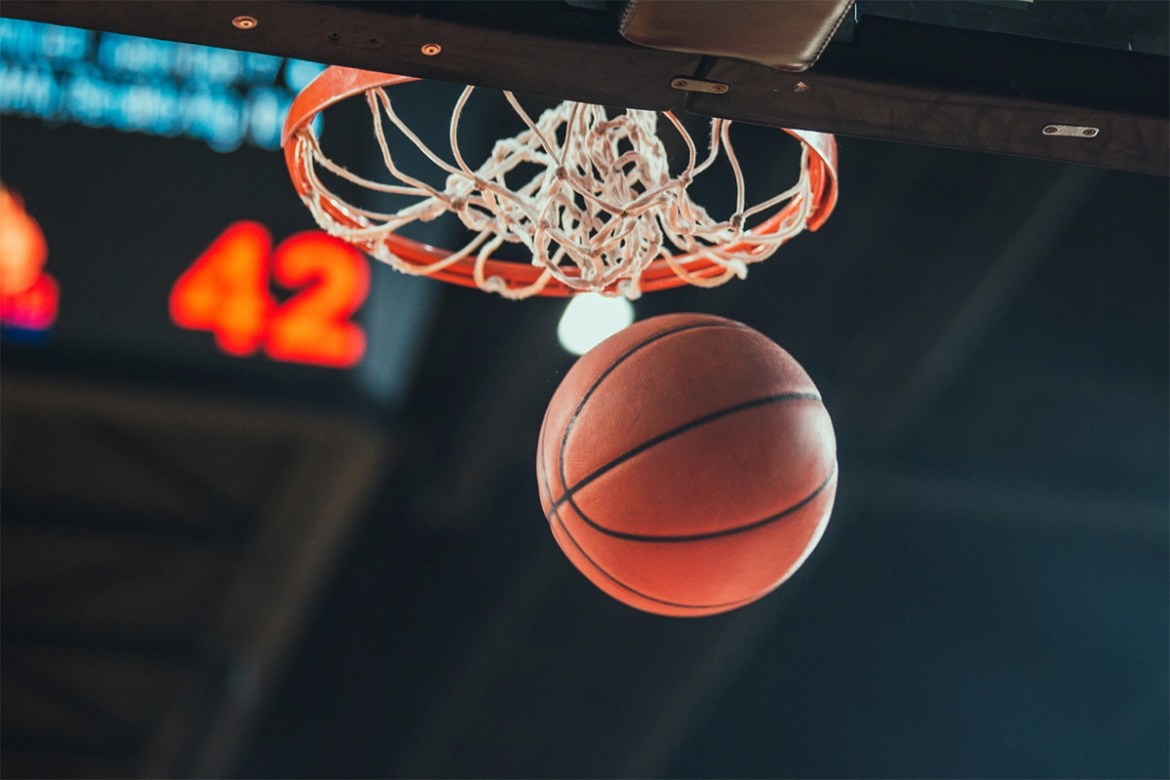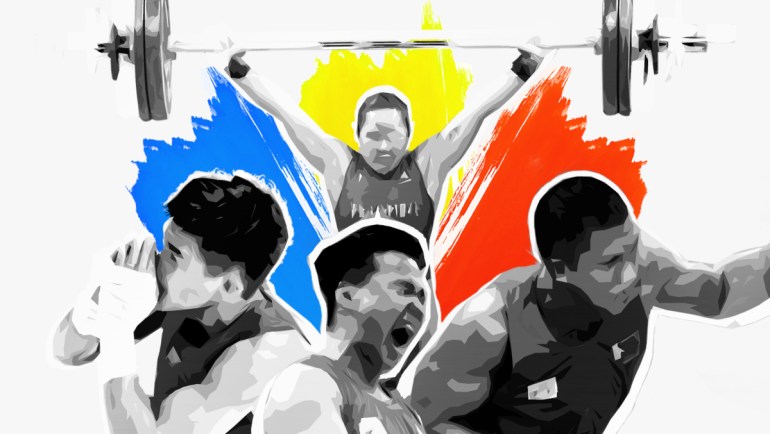Reality check: Life hasn’t been the same for most of us ever since the pandemic started. We’ve all had to adjust our lifestyles and contend with the changes brought upon our jobs as well as our relationships with others. The NBA players as well as the league itself are no exception to this. The year 2020 will forever be remembered as the time when a lot of things had to be sacrificed and in which the normal way of conducting basketball games had to be regulated due to the pandemic.
With the new year ahead of us, things are starting to look up for our most beloved sport. Although the COVID-19 pandemic is far from over, it’s worth looking back on how the NBA has managed to carry on and kept their fans entertained despite the uncertain times.
Empty stadiums
There’s nothing quite like watching an NBA game live. On normal circumstances, the stadiums are filled with thousands of fans cheering on from the bleachers. You feel the energy of the crowd as soon as you enter the arena and see the players pumped up from all the high spirits and commotion. The same feeling of exhilaration takes over you even when you’re just watching from the comforts of your home. However, when the pandemic struck, the stadiums were suddenly off limits to the fans. COVID-19 health protocols prohibited any audience, save for some media personnel and essential staff, from watching the basketball games. What used to be seas of people on the stands was replaced with cardboard cutouts to simulate the real thing. From past games, it’s evident that the presence of fans contributed to the hype felt by players every time they scored a point. Thankfully, a couple of NBA teams are now slowly allowing fans inside their courts at a limited capacity. Safety protocols are still being implemented to ensure the safety of everyone.
Audience
At the height of the pandemic, the empty stadiums created a new environment for NBA players during games. The athletes, who are used to playing for thousands of fans, have found themselves grappling with the motivation to give their best performance in the absence of a real audience. The usual applause and uproar coming from the live fans were no longer there and it couldn’t be denied that something was missing. To solve this, the NBA decided to play fake crowd noise during basketball games. A crew member was designated to turn up the volume whenever applicable. Later during the season, the NBA opted to install big screens in the audience area which hosted hundreds of virtual fans who watched the games. These virtual fans got screen time during the live streams and were seen interacting with one another while wearing their team’s jerseys. The fans who were admitted to the games were either chosen through a website they were required to register in or were hand-picked by the participating teams.
Home courts
In basketball, playing on one’s own court offers a great advantage for the home team. They usually have a higher chance of winning than when they’re playing on their opponent’s court. Several factors contribute to this. Most of the time, this so-called “home court advantage” is attributed to players being very familiar and comfortable with their environment. As such, players become more confident in their performance during games. The opposing team, on the other hand, has to travel to another court and be prone to fatigue and jet lag. With the pandemic, there wasn’t much of a home court advantage for games inside the NBA bubble. When the NBA bubble was created in Orlando as a protective measure for all the athletes, a couple of the teams were no longer required to travel long distances and were confined to one location. There was a significant improvement in shooting accuracy and rebounds as they didn’t have to deal with new time zones or not having enough sleep before a game. It’s only recently that the NBA teams have gone back to playing at their home courts.
Post-game interviews
Post-game interviews were a time when basketball players would take a seat in front of bustling reporters and recount game highlights of the night. This drastically changed at the onset of the pandemic with most interviews having to be done virtually. Players would be placed in front of a camera and a screen in a room separate from the reporter. During press conferences, reporters would log-in for a virtual meeting with the basketball players as well. The conduct of interviews and press conferences for NBA games, compared to before the pandemic, has surprisingly been orderly and systematized. As with any online conference call, reporters would wait for their turn to ask questions to the players and coaches. For those holding interviews in person, the reporter would stand a good six feet away (or sometimes even more) from the players and have long microphones propped up for them.
NBA bubble
The NBA bubble would probably be the most notable change that NBA has implemented during the COVID-19 pandemic. Participating basketball teams flew to Disney World in Orlando to continue the season. Players had limited interaction with the outside world as they were forced to live under strict health and safety measures. As a way of keeping the players, coaches, and relevant personnel from contracting the virus, the NBA came up with the NBA bubble after the pandemic put a halt to the season. It served as an isolation zone where nobody other than those invited in the bubble was allowed to visit. All NBA games at the time were held there and only a limited amount of people, including media and NBA personnel, were allowed to attend. The teams and league employees were staying in different hotels located in the vicinity. Many players had notably missed home and resorted to different ways of coping with the isolation.
All-Star Game
The NBA All-Star Game is a much-awaited exhibition match that happens during the midseason. The star players of the league all come together for this three-day event, from Friday to Sunday, to play a game. This year’s All-Star Game was done differently though. Instead of having the showcase done in three days, everything was compressed into one day. The Rising Stars game, where top rookies and sophomores selected from different teams play together for the exhibition game, was postponed this year. Nevertheless, the NBA still announced the roster for the event. The Skills Challenge and 3-Point Shootout were done prior to the All-Star Game while the Slam Dunk Contest took place during halftime. The event received flak not only from its critics but from several players of the NBA due to the safety and health risks it raised. With basketball players from multiple teams coming together for the event, they noted that exposure and transmission of COVID-19 could take place. The league was quick to defend themselves and reiterated that they were strictly following COVID-19 protocols. All participants were asked to take PCR tests and secure negative results before being transported to Atlanta. Guests and audience for the event were also limited.
Although much of the NBA games and events played out differently for the seasons amid the pandemic, these measures helped a lot in protecting everyone involved in the league.
Don’t want to miss watching your NBA basketball games? You can avail of Smart’s Giga Video package which includes bulk mobile data for any site or app and 1 GB access to NBA League Pass, Youtube, iWant TFC, and Cignal Play. To register, you can dial *123# on your mobile phone and choose Giga Video. For more Giga Video bundles, click on this link.



